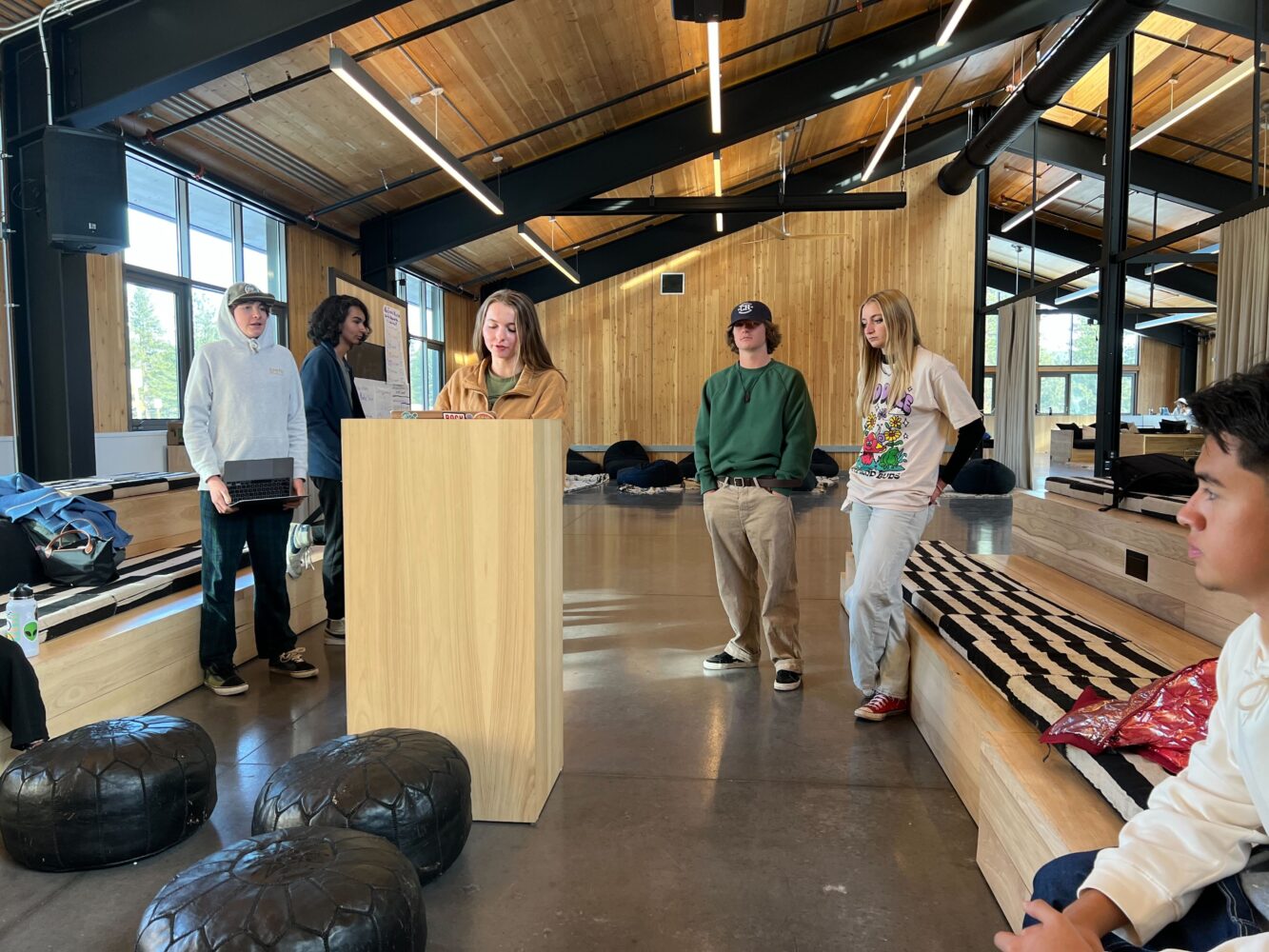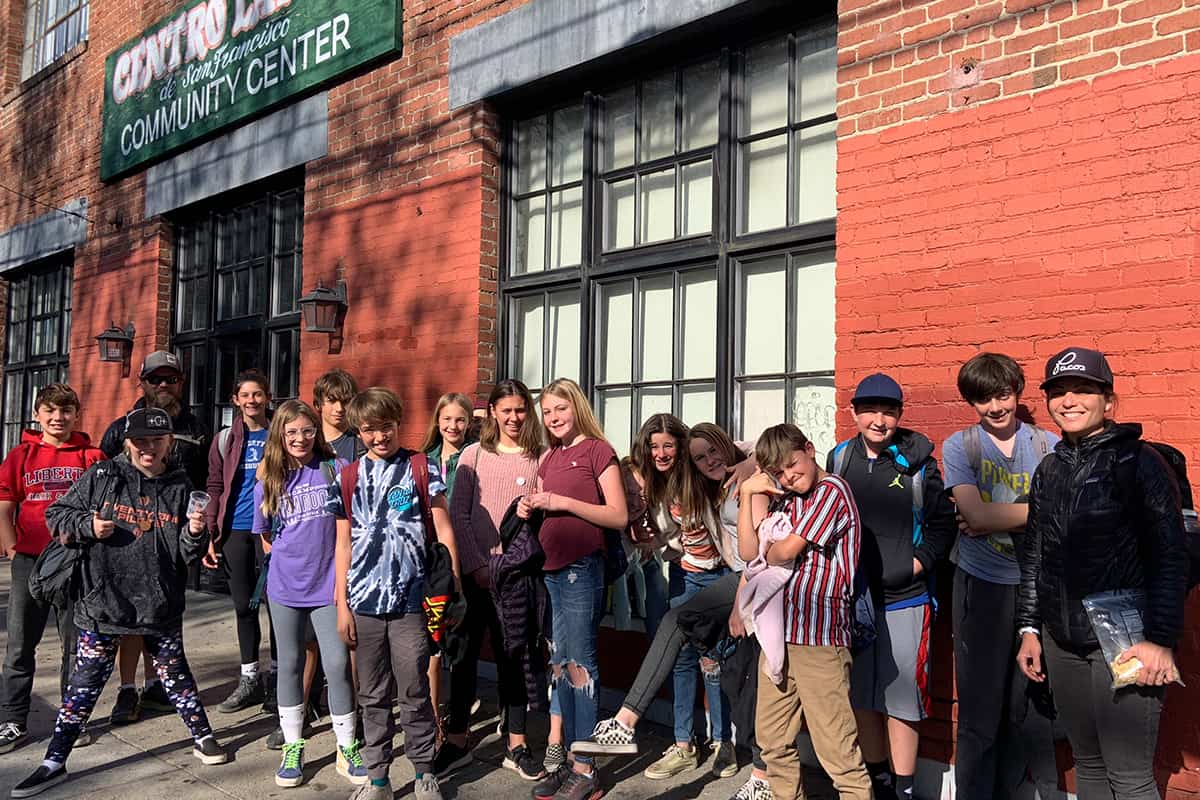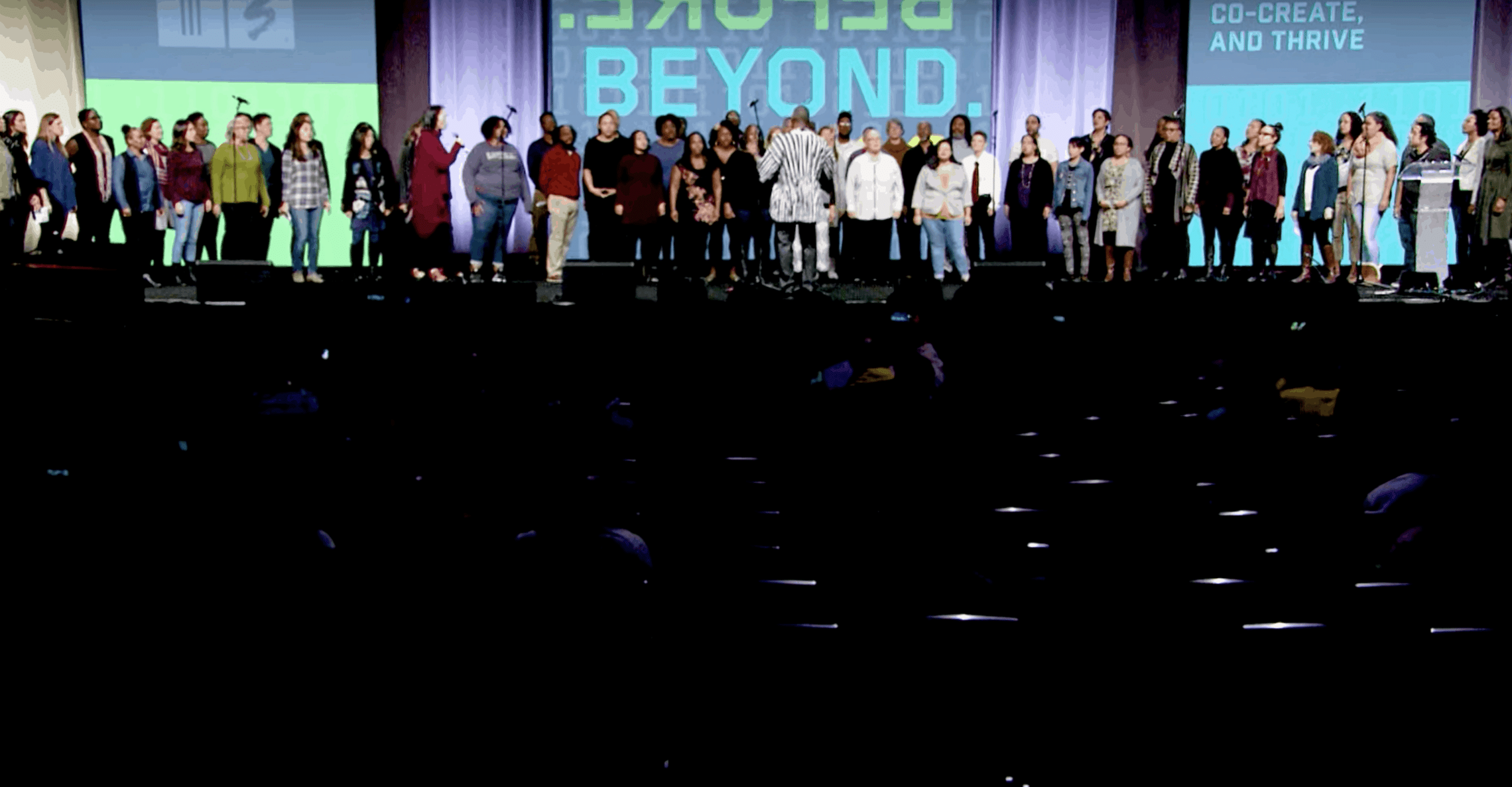DEIB in the classroom shout outs!
Diversity, Equity, Inclusion, and Belonging (DEIB) is a framework that emphasizes the importance of creating an environment where all students feel valued and respected, regardless of their background.
This includes creating a curriculum that reflects the diversity of the world around us, providing opportunities for students to interact with people from different cultures, and teaching students about the importance of compassion, empathy and understanding. For students, it can help them to develop a sense of identity, to feel connected to their community, and to become more open-minded. It can also help them to develop the skills they need to succeed in a globalized world. For educators, integrating DEIB into education can help them to create a more positive and productive learning environment. It can also help them to build stronger relationships with their students and to create a more equitable and inclusive school community.
We know that the most important work that we can do related to DEIB occurs in the classrooms every day! Below is just a small sampling of this remarkable work happening right now!
Pre-Kindergarten
Pre-K is all about establishing a sense of belonging and feeling safe, secure and loved. Students explore diversity through their dramatic play centers and through books. Students learn to encourage and celebrate what makes each other unique. Steph and Yovanna have been taking their crew out into the community to gain the understanding of being a part of something bigger than themselves. They look to community helpers to establish trust and safety and also to establish a sense of purpose.
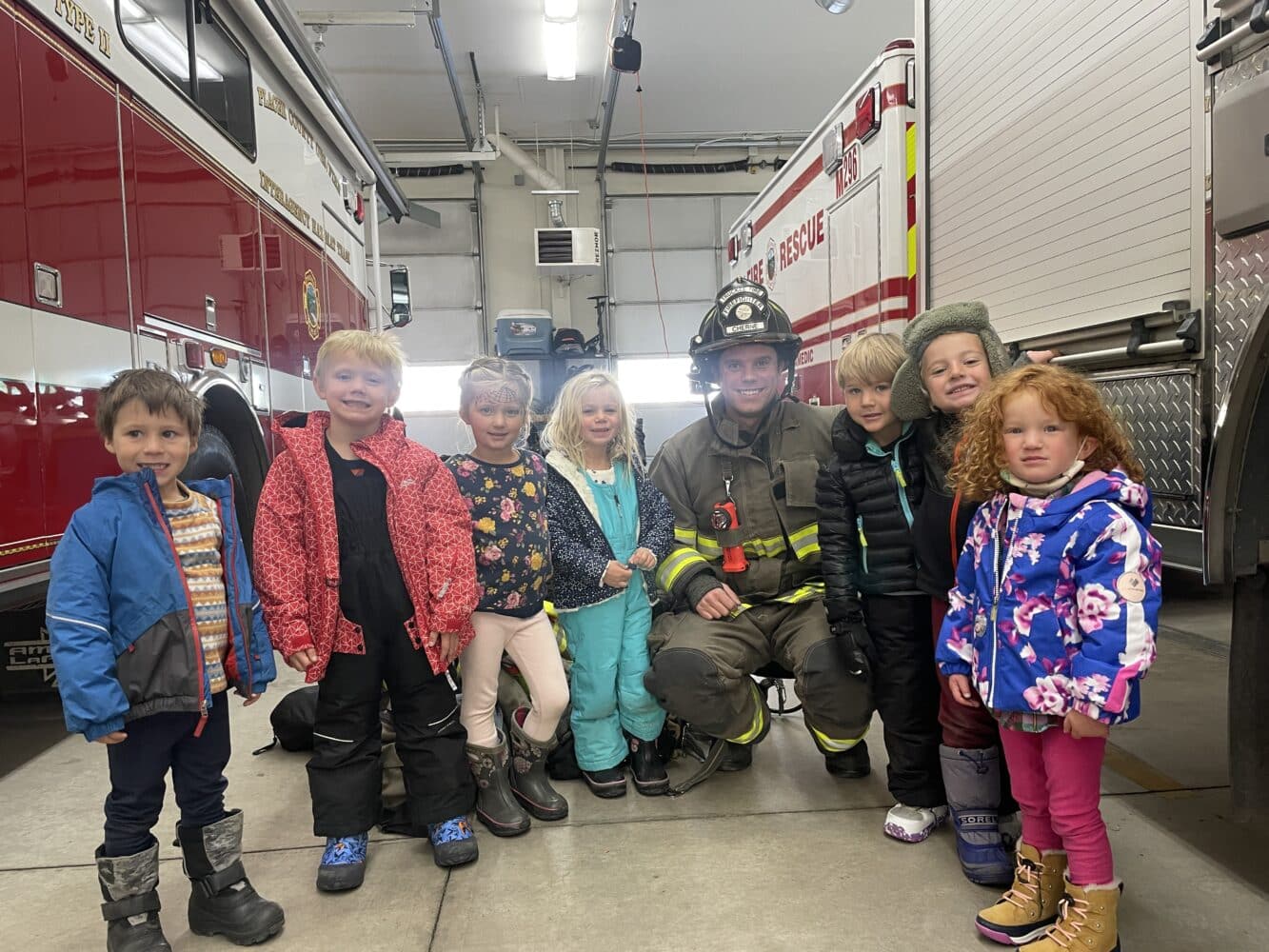
4th-Grade
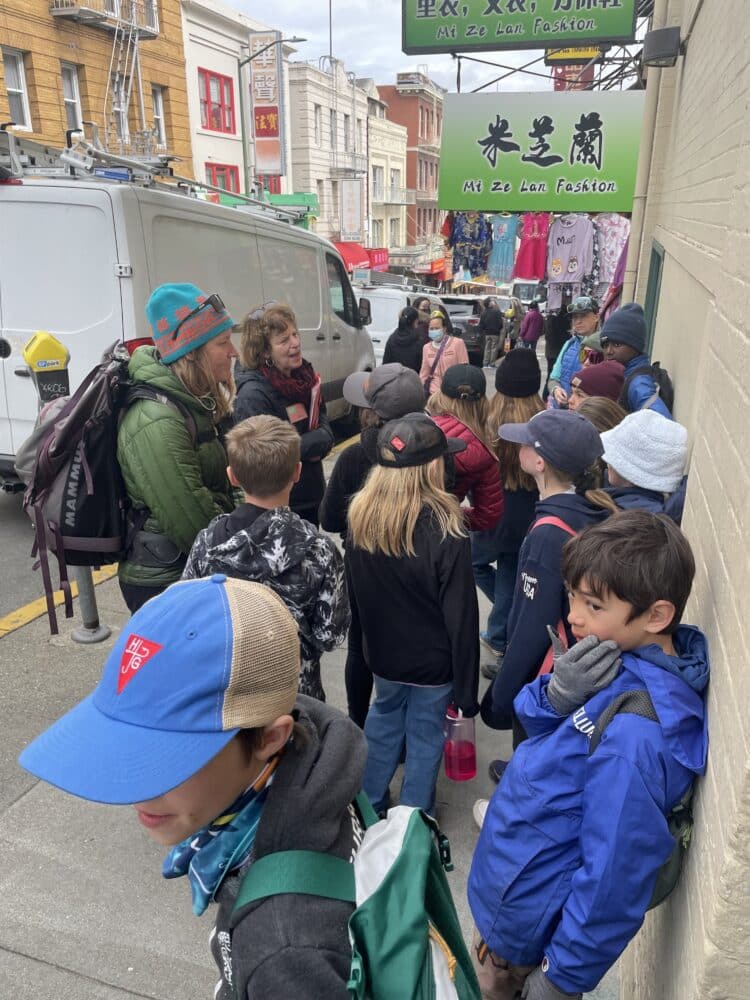
During their last project on the history of California, 4th-grade students looked through the lens of the unheard voices and stories of select periods in the history of California. This included a lot of work learning about the Chinese railroad workers and the treatment they endured during this timeline. They also learned about the Chinese Exclusion Act which included a 2 night overnight stay at Angel Island Immigration Station and a guided tour of Chinatown in SF. The students also learned about the treatment of Native Peoples when they visited Stewart Indian Boarding school in Carson City, NV. Students reflected on this experience with poetry writing and drafting a land acknowledgement that TEA can display in clear sight on campus and on our website.
5th-Grade
Students are exploring the variety of perspectives of the people living in Colonial America and during the time of the American Revolution, including First Nation peoples, freed and enslaved Africans, indentured servants, patriots, loyalists, white landowners, people across all socio-economic statuses, and women. Along the way students are grappling with the following questions:
Did the American Revolution have more than two sides?
What are the dangers of a single story?
Why do people revolt? Is freedom a privilege and at what cost?
What does it mean to be an American?
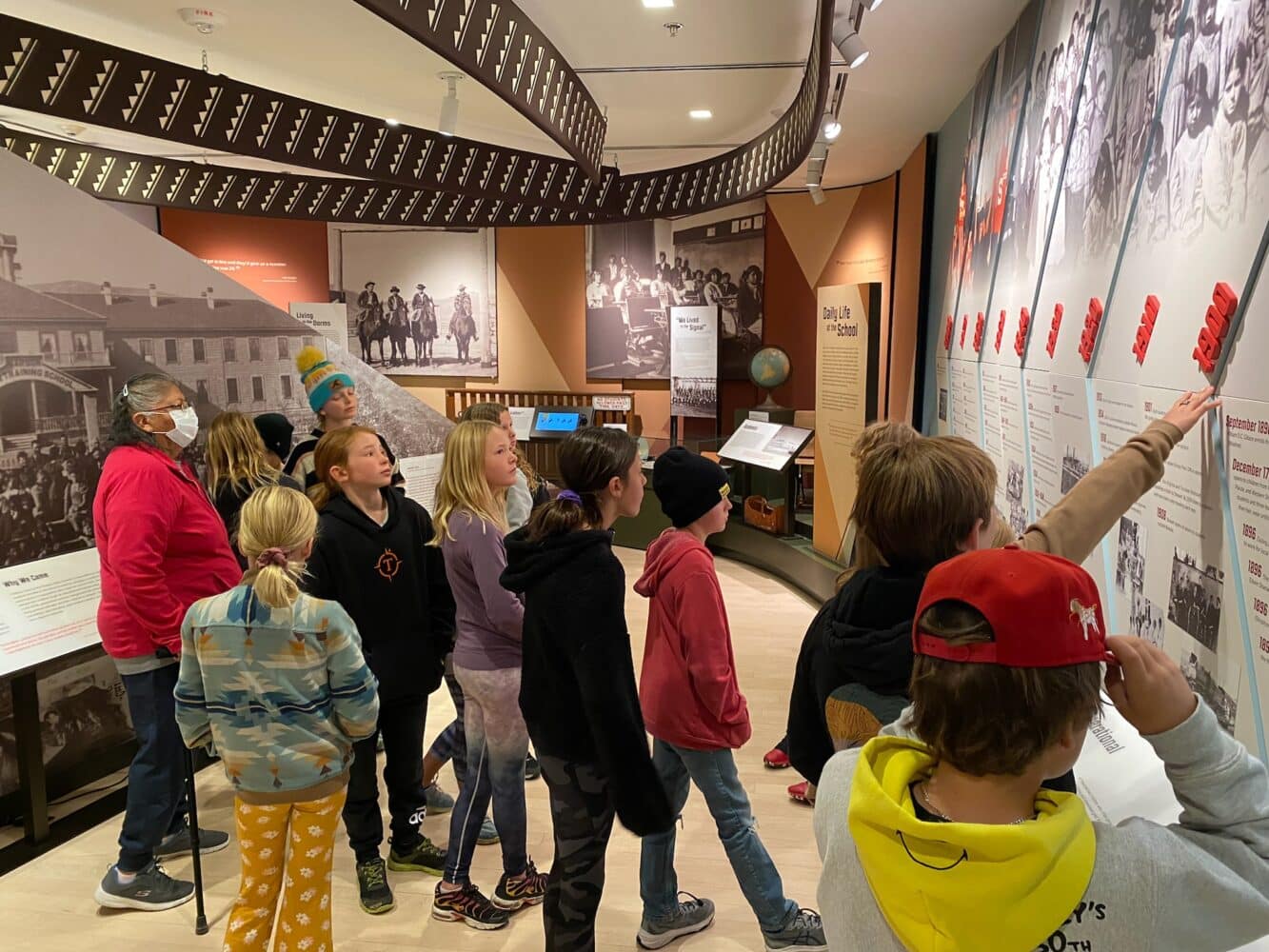
6th/7th/8th Grade

Learning and the Brain Middle School Fall Intensive: Students in this intensive spent time designing a “mock” student who was neuro-atypical. Students dug into describing their example students lives, describing their challenges, strengths, relationships, friendships, interests etc. In these descriptions, students also included aspects of students identities that they felt connected to or ostracized by. After our intensive fieldwork where students experienced a number of tactics and tools for increasing their protective factors, handling stress, improving learning and more, students then created recommendations for those particular students and thought about ways they could be supported both in and outside of school.
7th-Grade
Students are working on an informational unit about Ableism, the discrimination of people with disabilities. This unit was chosen by students as some have felt marginalized by others based on their learning differences, or they know someone who has been affected. They are researching ableism, and calling upon experts to interview as primary sources for their research. They will be speaking to a representative from Access Living organization in Chicago, an org for people with disabilities to help them live their most empowered lives, and The Helix School organization, a school for students who are neurodiverse. Students at the end of their research will come up with ways/opportunities to advocate for people with disabilities.
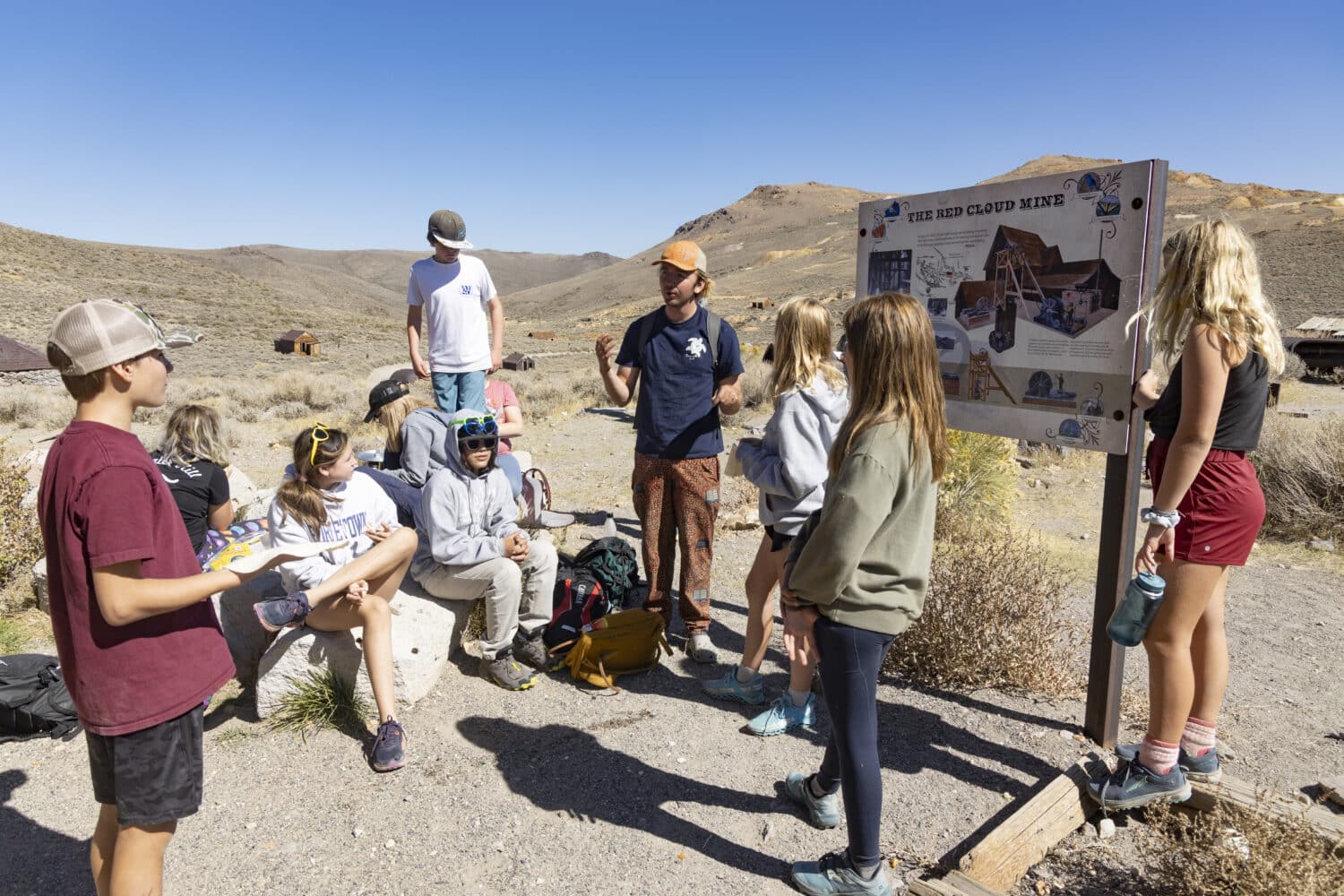
8th-Grade
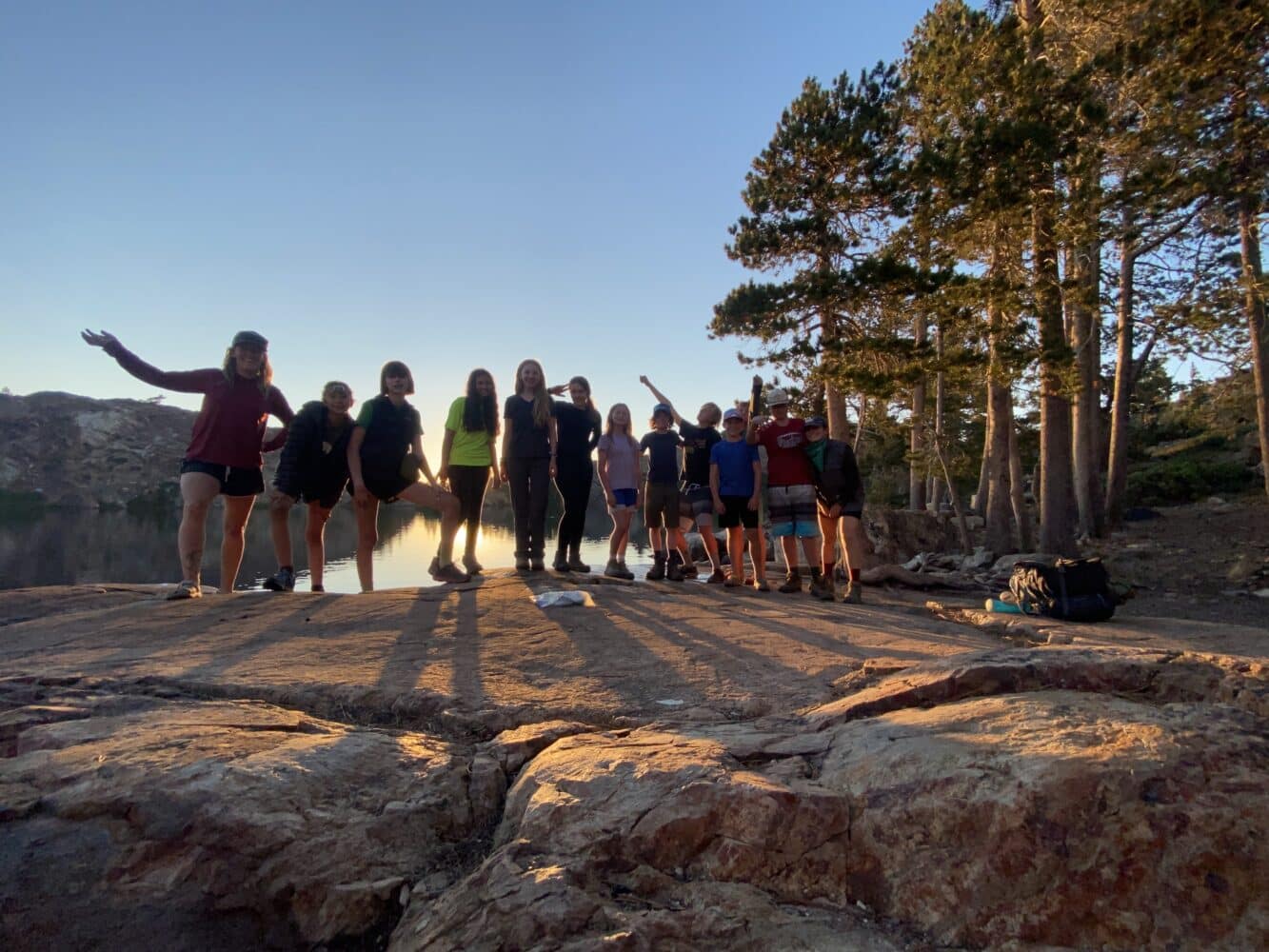
8th graders have just finished up their semester project, “Mirrors & Windows.” The following is the high level overview of the project:
Our identities affect every aspect of our lived experience, and the stories we tell about those experiences. Literature, nonfiction, and poetry can serve as either a mirror or a window–reflecting back to us experiences that resonate with ours, or giving us a look into experiences we haven’t had ourselves. During this project, students engage with various forms of storytelling that they can either see themselves in, or that expose them to a community that they don’t belong to. When engaging with “mirror” texts, students have the opportunity to feel seen and understood, and in affinity with others with whom they share intersections of identity. When engaging with “window” texts, students have the opportunity to cultivate knowledge, understanding, and empathy for communities at intersections of identity at which they do not sit. Students engaged with every aspect of the experiences of different communities–celebrating the excellence and triumphs, as well as understanding the struggles and injustices. Throughout this project, students explored expression in a variety of disciplines–creating a “found poem” that provides a window into a lived experience different than theirs, writing a personal essay that tells their own story, participating in book clubs that act as both windows and mirrors, creating a class anthology of stories, and submitting their work to authentic print and online outlets.
11th/12th Grades
Readings, discussions, and student papers have often involved exploration of marginalized peoples (e.g. Whalerider (Maori and females within Maori culture); Yellow Wallpaper (females at the turn of the century); Man’s Search for Meaning (Jews and the Holocaust), “Letter from Birmingham Jail” (blacks in 1960 America), and one of the issues students have focused on is encountering the “Other” and otherness in their lives, of approaching life as “both/and” rather than as “either/or”.” And, they have extended the “Other” to the natural world and its creatures (John Muir) also deserving of respect as fellow creatures on the planet.
